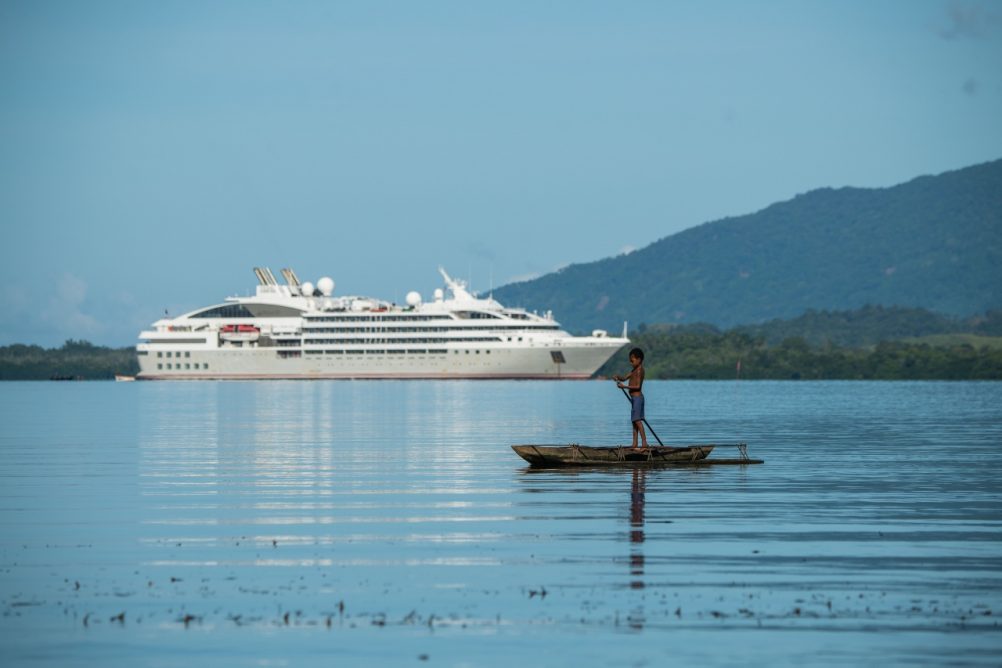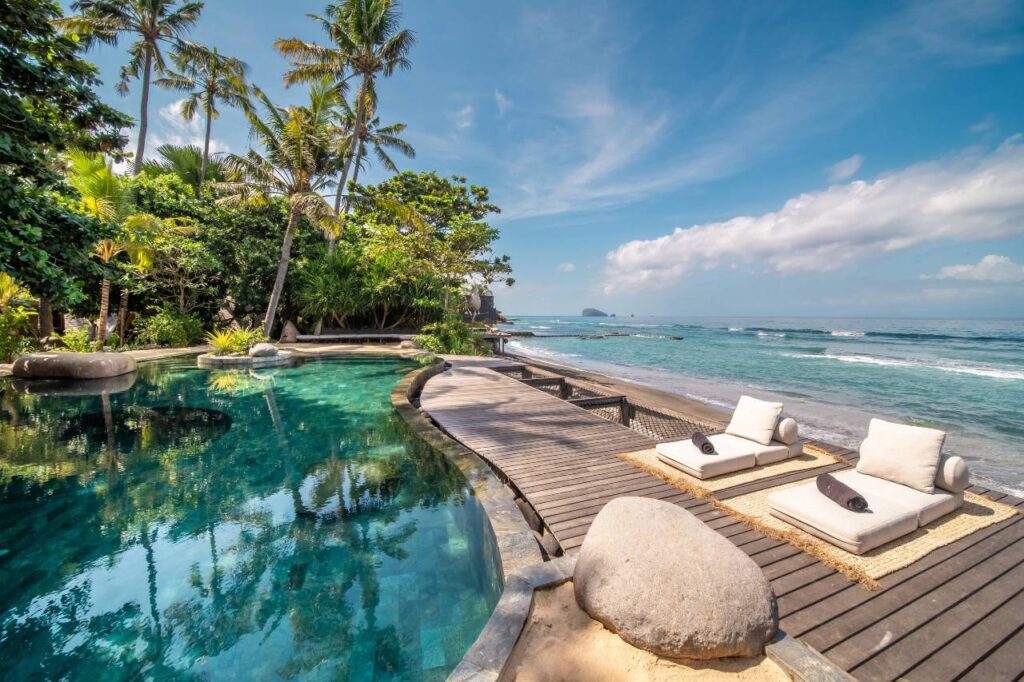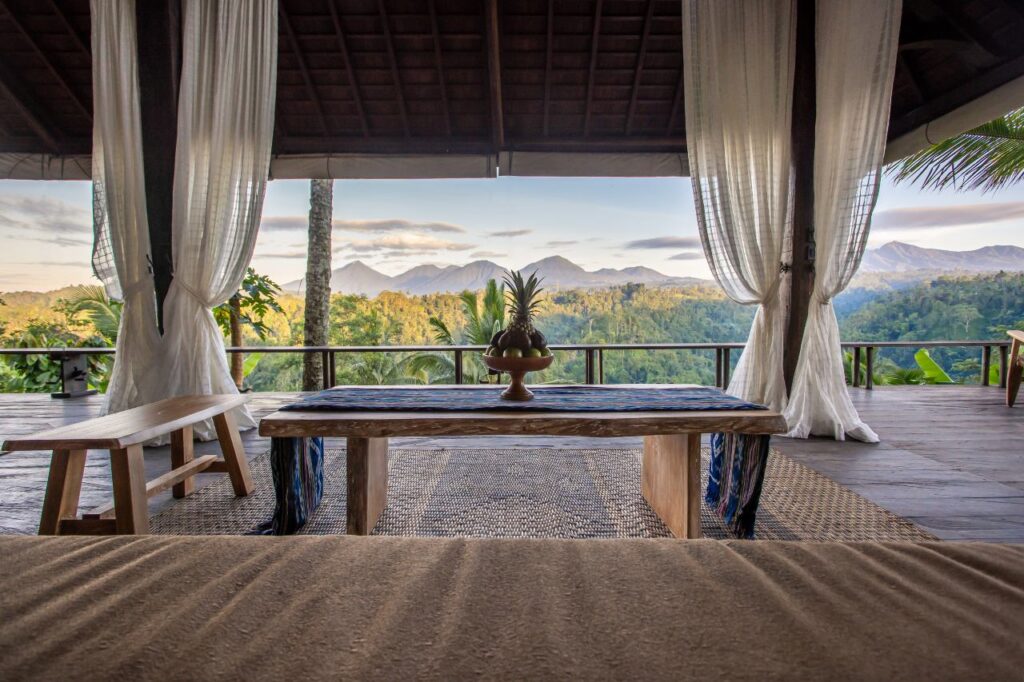Why we love expedition cruising
It’s the most comfortable way to explore the world’s most remote destinations.
Words by Ute Junker
Photos supplied
Originally published in Explore
You’ve strolled Saint Marks Square in Venice and wandered through the whitewashed villages of Santorini, and now you are looking for a shore excursion with a difference. What about a hike through bear-infested woods, a visit to an eerily-blue lake dotted with icebergs, or exploring the ruins of a long-vanished civilisation?
If that sounds appealing, it may be time to try an expedition cruise. Instead of following familiar routes through the Mediterranean or the Caribbean, expedition cruising is about heading off the beaten track – and it is more popular than ever before.
“More and more clients are drawn to expedition cruising,” says Damian Perry, Asia-Pacific Managing Director of Hurtigruten. “It offers a deeper, more enriching experience.”
Why expedition cruising
To sum up the difference between normal cruising and expedition cruising quite simply: cruising is often about the ship, expedition cruising is about the destination. Expedition ships – which tend to carry at most a few hundred passengers – don’t have elaborate onboard entertainment such as theatres or casinos. Instead, they are all about discovering the destination.
Those destinations may include bucket-list destinations as the Arctic and the Antarctic as well as places such Alaska and Iceland, Central and South America, even remote parts of Australia, Indonesia and beyond.
“On an expedition, each day is different. In the Kimberley, you might be exploring the beautiful gorges, watching a tidal phenomenon like Montgomery Reef or the Horizontal Falls, enjoy rock art or see massive numbers of turtles,” says Mick Fogg, Director of Expeditions and Destination Development, Asia Pacific.
Expedition ships usually come equipped with inflatable Zodiacs designed for exploring bays and beaches; some also carry equipment like kayaks or diving gear. While expedition ships are typically geared towards more adventurous travellers, less mobile guests are also catered for.
“We help people do things they never thought they would do, even if it’s something like getting in a Zodiac. It’s our obligation to ensure they do so comfortably and safely, so they can come back and brag about the adventures they have had,” Fogg says.
Life onboard
The mood may be adventurous but today’s expedition ships also offer plenty of creature comforts. “Every company is trying to outdo each other with food, with service levels, with the comforts available,” says Fogg. You don’t even have to get off the ship to savour your surroundings. Many ships have plenty of observation decks with floor-to-ceiling windows, and perhaps even a spa.
“One of my favourite memories from Greenland is spending hours just watching the ship move through the ice,” Perry says. “I remember sitting in the spa, turning my head to the left and seeing an iceberg larger than the ship float by.”
To help you understand what you are seeing and experiencing, ships often have a roster of specialist lecturers, from biologists and geologists to historians. In some cases, passengers can even get involved in scientific research.
“We have a ship in the Antarctic at the moment with a researcher from the University of Tasmania observing ice seal behaviours. She has recruited our guests to help participate in the research. We have had other researchers onboard focused on birds, on whales, all sorts of things,” says Perry.
Routes less travelled
Another thing that sets expedition cruising apart is the emphasis on flexibility. In wildlife-rich destinations, ships may alter their route to spend more time observing whales or bears. Weather conditions can also upend the planned program, with the captain and expedition team sometimes choosing to change the route to suit the conditions.
“It happened on one of our recent Iceland circumnavigations,” Perry says. “The captain, who is from a remote part of Iceland, ended up taking the guests to his home village. He went from captain to guide, explaining what is unique about the place he grew up and why he loves it,” says Perry.
As expedition cruising continues to grow, ships are increasingly heading to lesser-known destinations. Mick Fogg says he loves some of these under-visited regions, such as parts of eastern Indonesia. “When you go up past Komodo to West Papua, those outer islands, passengers are just blown away,” he says. “Beautiful beaches, lots of great history and culture, wonderful scenery – and really friendly people,” he says.
Perry points out that expedition cruises can also showcase a different side to a more familiar destination. “There are now some really interesting itineraries in the British Isles, heading out to remote Scottish islands and beyond,” he says.
Whichever cruise you opt for, one thing is certain: this is not cruising as you know it. “We will sometimes get a guest whose partner made the booking come up to us and say, ‘I never thought I’d like cruising’,” says Fogg. “I always tell them, ‘It’s not a cruise – it’s an expedition.’”
5 great expedition destinations
The Kimberley: Even if you have explored this wildly beautiful corner of the country from the land, seeing it by sea is an entirely different experience. Coral Expeditions offers a 10-night Kimberley Cruise departing Darwin or Broome from $10,920 per person. See coralexpeditions.com
Papua New Guinea: Head over to our closest neighbour to discover rich tribal cultures, World War Two history, active volcanoes and tropical fjords. Ponant’s 13-day Culture and Nature in Papua New Guinea cruise departs Cairns, from $11,180 per person. See au.ponant.com
Central America: On a Central American cruise you may explore rainforests that are home to monkeys and sloths, as well as palm-fringed beaches and ancient ruins. Aurora Expeditions’ 15-day trip along Costa Rica and the Panama Canal departs from San Jose Costa Rica. From $16,315.75. See auroraexpeditions.com.au
West Africa: Unique cultures, volcanic landscapes and wildlife including manatees and saltwater hippos – West Africa is one of the newest expedition destinations. Hurtigruten’s 13-day West African Archipelago Expedition departs Dakar, Senegal from 5090 euros. See global.hurtigruten.com
The Great Lakes: Cruise North America’s Great Lakes to discover bustling cities, granite islands and boreal forests, as well as the thundering Niagara Falls. Viking Cruises’ 15-day Great Lakes Collection departs from Toronto. From $18,925 per person. See vikingcruises.com.au



